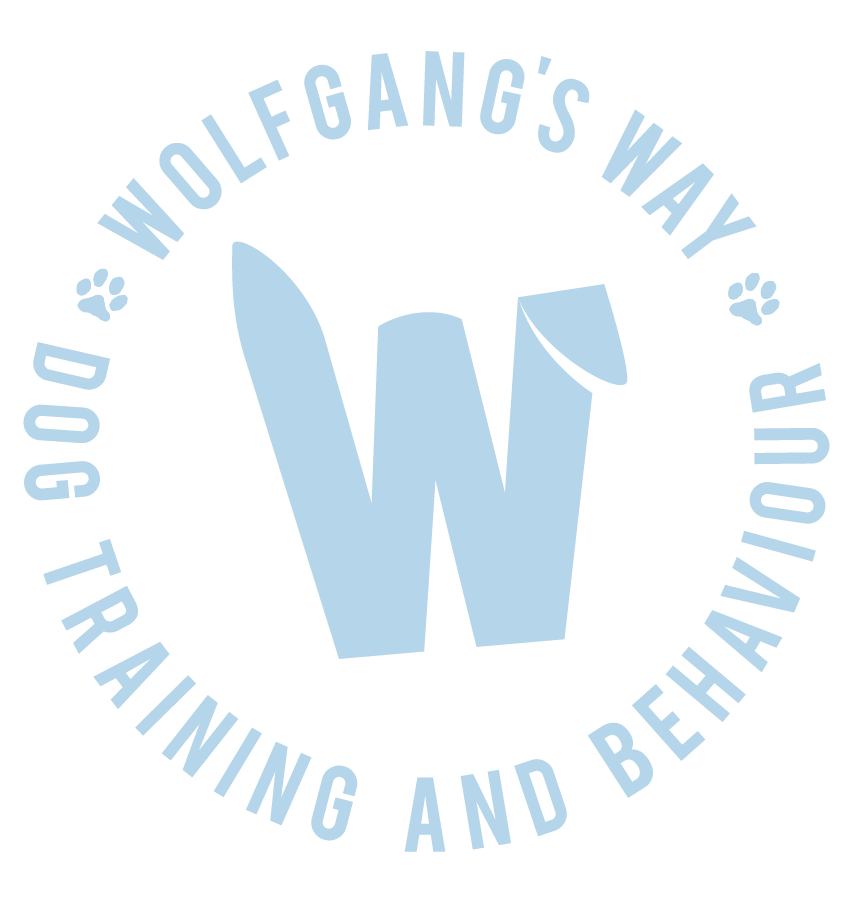If you want your dog to learn and understand your language, then it’s only fair you can talk ‘dog’. Communication should always go two ways and understanding what your dog is telling you will result in a strong, trusting bond, which should be the basis of any training.
Talk Dog
To talk ‘dog’ you have to look at your friend’s entire body (eyes, ears, mouth, tail, body stance, etc) as well as listen to the sounds he or she makes. Context and looking at the bigger picture is equally as important; for example a dog who yawns in the morning when he wakes up is tired, whereas a dog who yawns when a dog runs up to her in the park, is worried and potentially stressed.
subtle signs of stress - how dogs communicate
Some subtle signs of communication to look out for when your dog feels stressed: eye blinking, lip/ nose licking, yawning, averting face/ gaze, lowered or tucked tail, frozen body posture, tightly closed mouth and much more.
One of the most misunderstood ways of dog communication is rolling over to expose the belly; this is not always an invitation for a belly rub, it’s more often than not a way to say ‘give me space’.
Give your dog choice
Being able to interpret your dog’s body language will also enable you to provide her with choice, which is one of the key components to making a dog feel safe - and a dog who feels safe is a happy, calm and confident dog.
You can provide choice via teaching your dog that he can say ‘yes’ or ‘no’ in situations such as being picked up, being petted, being groomed or greeting another person.
For example if you have a small dog you have to pick up sometimes (i.e. before entering the car or when you travel on public transport), teach your dog the cue ‘ready up’ before lift off. This means your dog can ready himself and let you know when he might not be quite ready yet (i.e. by stepping aside/ away from you reaching or rolling on his back). If he’s not, give him a moment, then ask again.
A couple of things you could do right away:
The 5 second petting rule
Pet your dog for 5 seconds, then stop. If your dog stays with you, he wants more, if he walks away or lays down, he wants a break.
Spotting what stresses your dog
If you see your dog displaying any subtle signs of stress, calmly move away from the stressor and refocus your dog at a safe distance.
If you want to learn more about this topic and how to better communicate with your dog, please get in touch.


